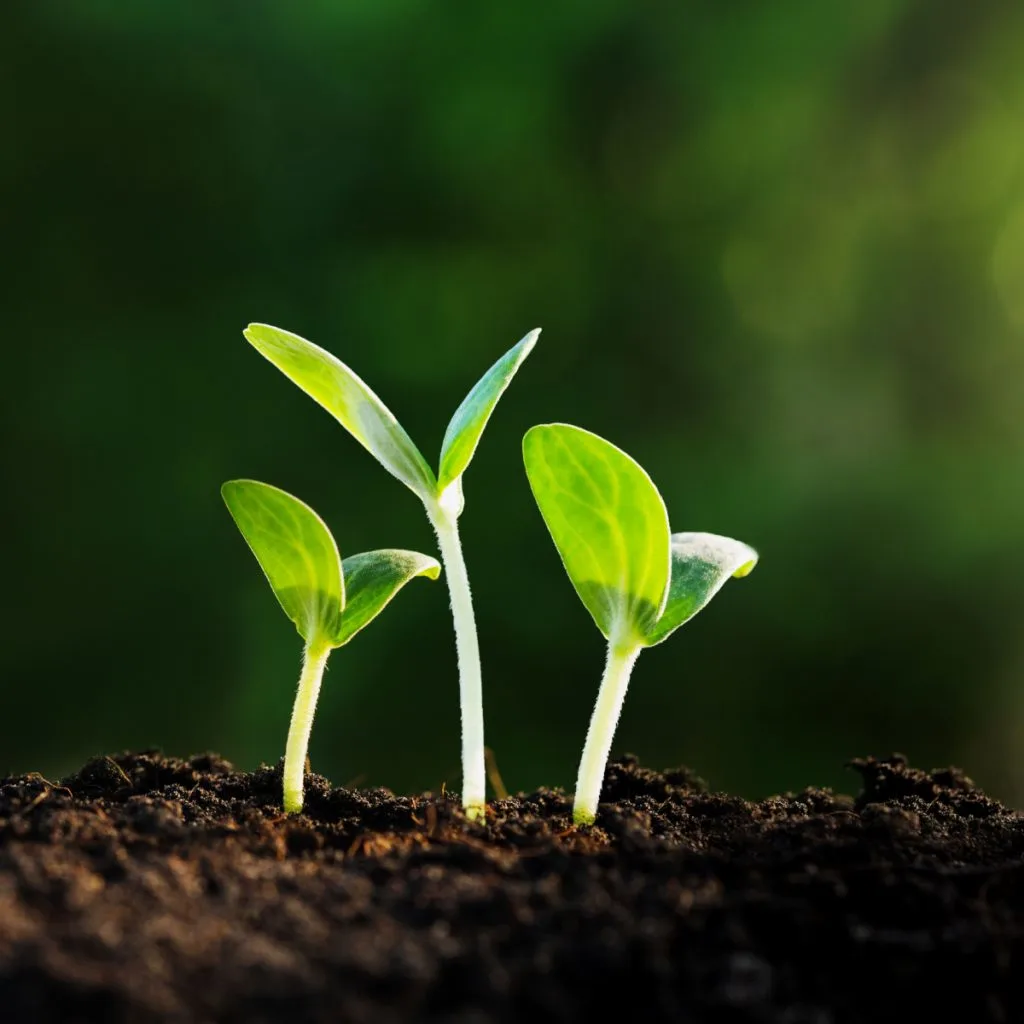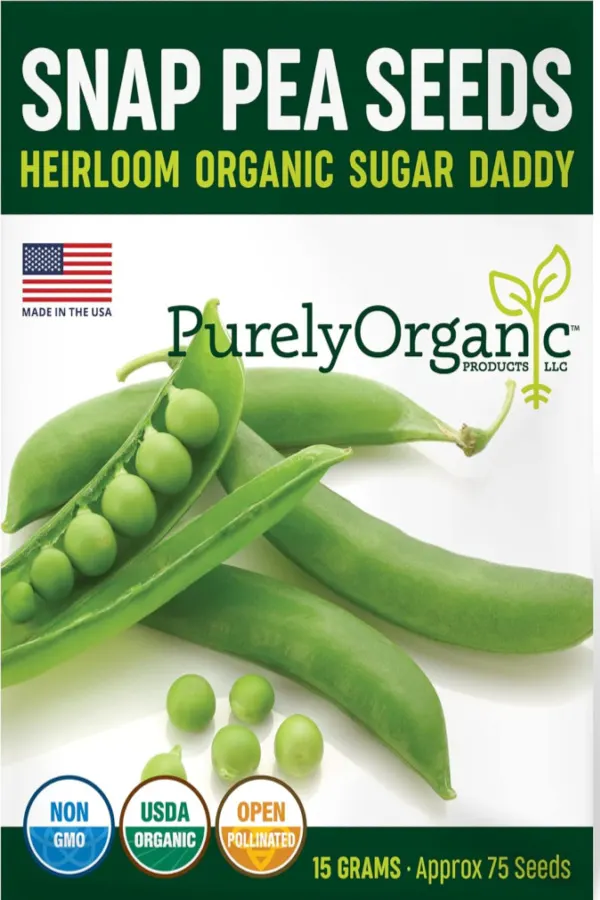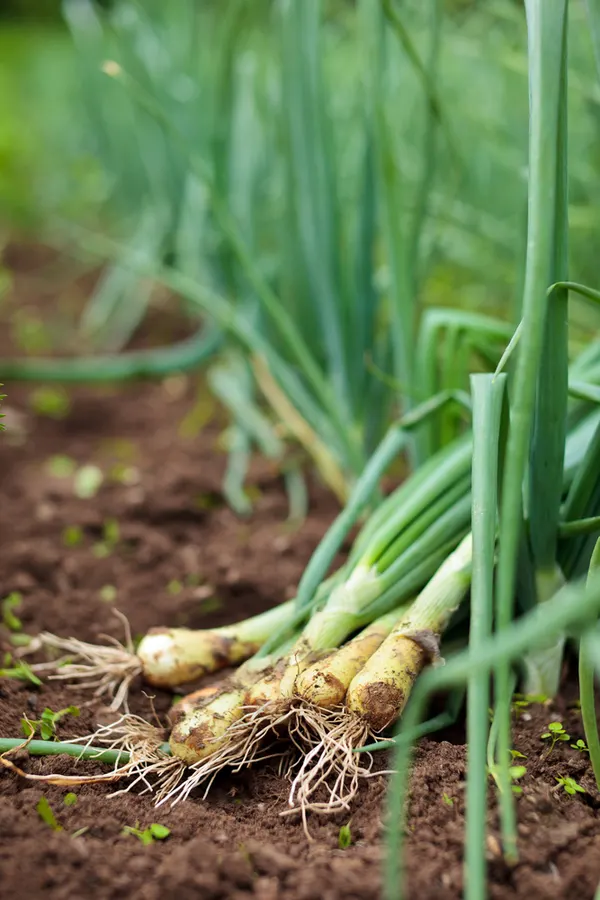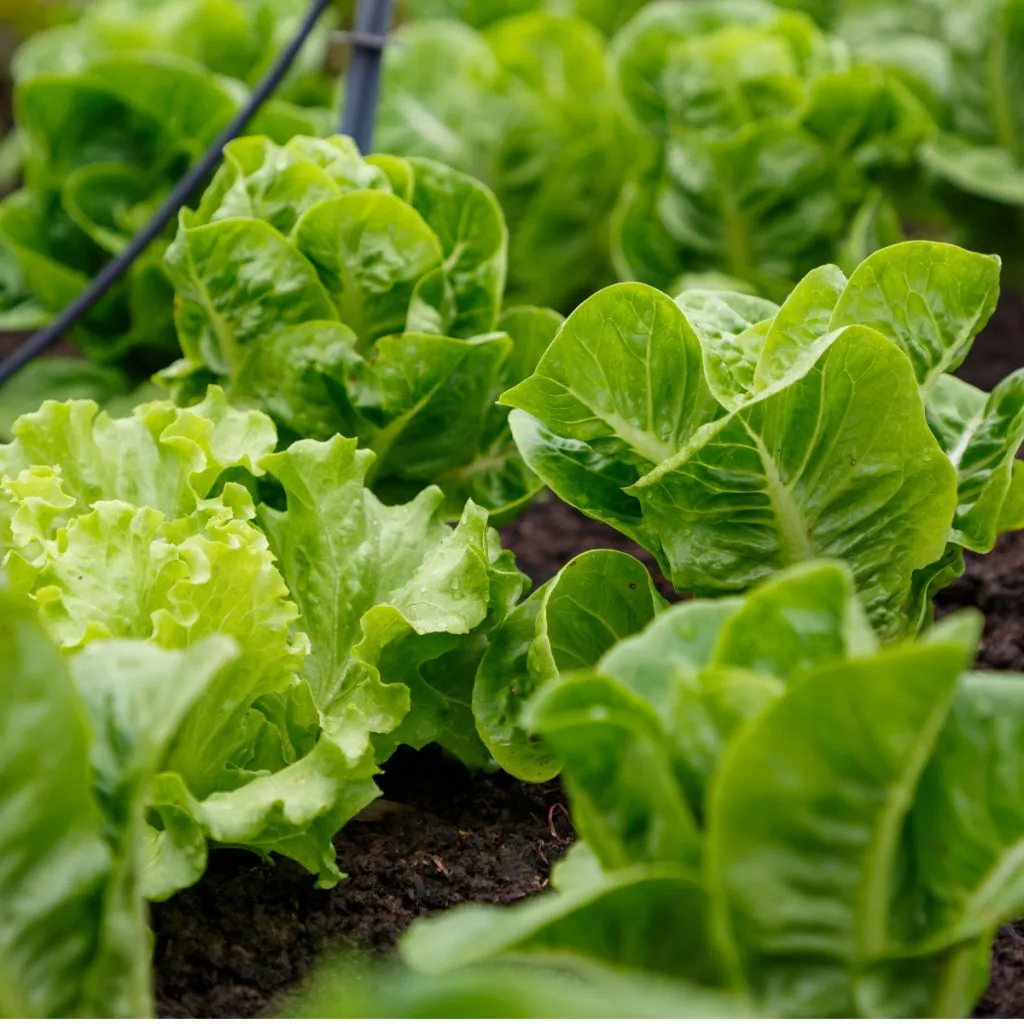Looking for some of the best spring seed crops to plant now and get a jumpstart on the growing season?
There is simply no better way to get a garden season underway early than by planting a few cool weather seed crops. Unfortunately, many types of seeds and transplants aren’t able to go into the ground until either the soil temperatures rise – or the outdoor temperatures stay high enough to allow for germination.
But the good news? There are actually quite a few crops that both sprout and thrive in the cooler weather of early spring. And even better – can handle a bit of frost or even a light snow – and still survive to give you a great harvest!

So if you are chomping at the bit to get your growing season underway – here is a look at some of the easiest and best seed crops to start planting as soon as your soil can be worked this spring!
The Best Spring Seed Crops To Jumpstart Your Garden Early!
Sugar Snap Peas Love The Cool Weather!
Sugar snap peas can be planted in early spring as soon as the soil is around 45-50º (F). Aim for getting this cool-weather plant in the ground about 2 to 3 weeks before your areas last spring frost date.
When planting, sow seeds about one inch deep and one inch apart from one another. Leave around 18 inches between rows. Cover seeds with soil and water well. Affiliate Seed Link: Organic Snap Pea Seeds (Sugar Daddy) – Approx 75 Seeds
After peas emerge in 7 to 10 days, you can thin so you have one plant every 2 to 3 inches. As soon as they emerge from the ground, mulch with a few inches of straw or grass clippings to help regulate soil temperature and keep out weeds.

Why Radishes Are One Of The Best Spring Seed Crops To Plant Early
There are so many different varieties of radishes to plant in early spring – and the range of flavors can go from sweet and mild, to hot and spicy.
These small but tasty vegetables germinate quickly, and you can harvest in as little as 28 days after planting. Even better, they don’t take up a lot of space in your garden or raised beds.
About 4 to 6 weeks before your last spring frost date, plant radish seeds about 1/2 inch deep. Space seeds about one inch apart. Cover with soil and water well. Your can plant radishes fairly close, around 6 inches apart in rows. In raised beds, rows can be seeded closer at around four inches apart.
Some radish varieties will germinate in as little as 3 to 4 days. After seedlings are a few inches tall, thin to end up with one plant about every 2 to 3 inches. And if you think radishes have to be spicy – try the French Breakfast variety – it is mild, delicious – and beautiful! Affiliate Seed Link: French Breakfast Radish Seeds
Listen Below To Our Podcast On Spring Seed Crops!
Why To Plant Spinach In Early Spring
Spinach thrives in temperatures between 35 to 70º Fahrenheit. In fact, as soon as the soil can be worked, you can plant spinach. With this in mind, try to for get your spinach seeds planted about 4 to 6 weeks before your last frost date.
To plant, create a long trench or small holes that are one-quarter to one-half inch deep. Keep rows twelve inches apart from one another. Place seeds into the trench or hole and cover with soil. Water well. Affiliate Link: Sow Right Seeds – Viroflay Spinach Seeds
Spinach will germinate in around 5 to 10 days. Once seedlings have grown to be a few inches tall, thin so you have one plant every 4 to 6 inches. Adding mulch at this point will also help to retain moisture for plants and keep out competing weeds.
Spinach can be harvested about four to six weeks after planting seeds. Start by taking the outer leaves first, allowing the inner leaves to grow. It’s best to plant spinach seeds every couple of weeks so you can always ensure you have fresh spinach for harvesting.
If your spinach bolts in the middle of summer, plan on planting a late season crop for a great fall harvest. See our article: Growing Spinach – How To Grow Tender, Delicious Spinach With Ease!
Spring Onions
Spring onions are a fantastic addition to a spring garden plan, and are simple to grow in raised beds or containers. You can grow spring onions from small bulbs or seeds.

Spring onions grown from seed are a great multi-purpose garden crop. You can harvest them earlier in the year if you like the tender, small bulbs found on relish plates. You can also leave them in the ground till fall to harvest a mid-sized onion bulb.
Sow seeds or plant bulbs 3 to 4 weeks before your last frost date, sowing them one per inch and about 1/2″ deep into the soil. Thin seedlings to about 3/4″ inch for harvesting green onions, and about 2″ apart for larger fall harvest bulbs.
Growing Early Spring Lettuce
Spring is the perfect time to start growing great tasting lettuce in all shapes, colors and sizes. Lettuce germinates quickly, and you can harvest many varieties multiple times. It’s a great way to keep fresh salads on the dinner table every night.
Lettuce grows best in rich, loose and fertile soil. Sow seeds directly into the soil about 1/4″ deep and an inch or so apart. We actually prefer the plants close to each other creating a full salad bed. It not not only produces more heavily, but helps cramp out weeds as well.
Lettuce seeds can be purchased in variety packs that allow you to grow all kinds of great tasting lettuce together with ease. Affiliate Link: Seed Needs, Lettuce Seeds Variety Pack (Lettuce Lovers Collection)

Kale – A Great Spring Seed Crop To Start Early!
Kale is one of the healthiest crops you can grow, and thrives in cooler temperatures. In fact, it actually grows and develops better flavor during the cooler seasons of spring and fall. You can sow kale about 4 weeks before your area’s last frost date.
Kale is a fast grower with baby leaves that are ready for harvesting in as little as 20 to 25 days. The full grown leaves can be ready at just 50 days. Sow seeds directly into the soil about 1/4″ deep and an inch or so apart. Affiliate Link: Sow Right Seeds – Kale Seed Collection
Kale will usually bolt in the summer when it gets too hot. The good news is once fall rolls around, you can plant another crop to harvest last into the year.
Here is to getting your garden growing early this year with spring seed crops!
Simple Garden Life
Follow Our Facebook Page For Even More Great Tips! Simple Garden Life Facebook Page
Simple Garden Life is a website dedicated to keeping gardening fun, simple and enjoyable! We publish two new articles each week along with a new garden podcast episode every two weeks. This article may contain affiliate links.
